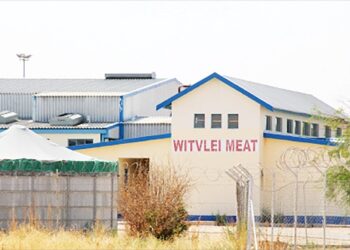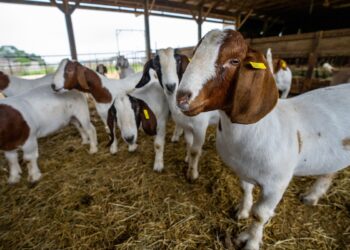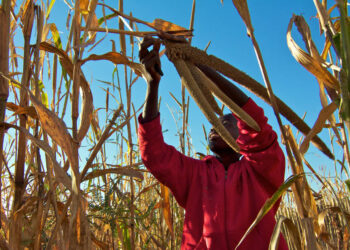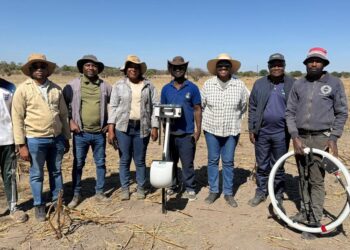
Namibia’s dairy industry experienced a 35% decline in local milk production over five years, decreasing from 24 million litres in 2017 to 15.6 million litres in 2022.
According to a report released by the Ministry of Agriculture, Water and Land Reform, the number of dairy farmers in the industry has declined, dropping from 27 in 2017 to just four in 2022. There is one intensive dairy production farm and three semi-intensive dairy farmers.
High feed and fodder costs, which are largely imported, have been a major factor driving up production costs and making local dairy less competitive compared to imports from South Africa.
Namibia’s dairy production is split between two primary systems: the intensive system, which relies solely on Friesian cows for milk production, and the semi-intensive or extensive system, which uses Jersey breed and dual-purpose Brown Swiss cattle for both milk and meat production.
The intensive system is dominated by a single large-scale farm, accounting for 90-95% of the country’s total milk production, producing around 1.4 million litres per month.
The few remaining extensive or semi-intensive dairy farmers produce both milk and meat but generate much lower volumes, as they rely on natural grazing. Moreover, the extensive system allows the cow to raise its calf, further reducing milk yields.
To protect and revitalise Namibia’s struggling dairy sector, the report puts emphasis on the comprehensive study by the Livestock and Livestock Products Board (LLPB).
“This study will analyse the dairy value chain and explore mechanisms to safeguard and grow the industry, such as implementing a market protection scheme similar to that already in place for pork and poultry. The study will evaluate options like import levies or quantitative market share restrictions, aiming to level the playing field for local producers against cheaper imports, especially from South Africa,†the document read.
“Follow-up measures for the dairy sub-sector will be guided by the outcome of that study and can include the introduction of producer and retail pricing guidelines to protect local dairy farmers from volatile market conditions, promoting local fodder production and offering support programmes for dairy farmers (such as subsidies for feed and improved access to technology) to reduce production costs.â€
Developing and implementing a National Dairy Master Plan, building on the outcomes of the LLPB study, is expected to reverse the decline in local milk production, stabilise the industry and enhance national food security.
Namibia’s agri-food sector consists mainly of subsistence and commercial farming. About 70% of the population is directly or indirectly dependent on the agri-food sector for their livelihoods, with 10% of the population’s income derived from subsistence farming, while commercial farming accounts for 0.3%.
Since 1990, the agricultural sector has contributed an average of 5.1% to GDP but has been declining from around 8% to around 3.5% since 2006, partly due to climate change and reduced investment in the sector.
An estimated 8% of the country receives average rainfall suitable for crop production. Climate variability affects agricultural production and exacerbates household food insecurity in many areas. However, there is potential to increase production through irrigation.











